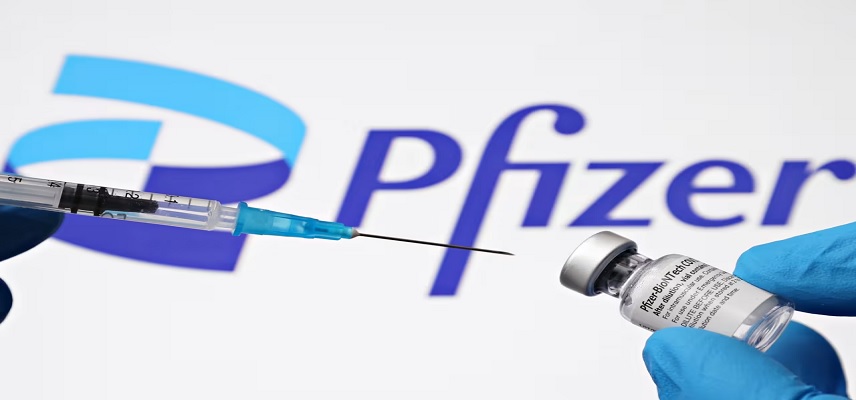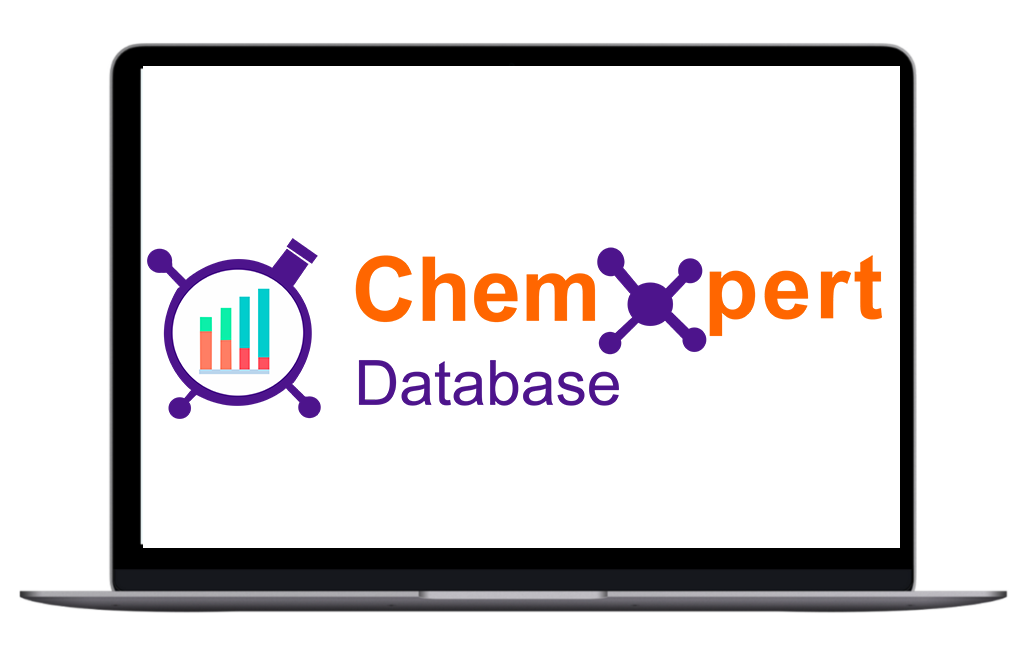No notifications yet

Pfizer’s Hympavzi receives European marketing approval to treat adults and adolescents with severe haemophilia A or B without inhibitors
Pfizer Inc. announced that the European Commission (EC) has granted marketing authorization for Hympavzi (marstacimab) for the routine prophylaxis of bleeding episodes in patients 12 years of age and older weighing at least 35 kg with severe haemophilia A (congenital factor VIII [FVIII] deficiency, FVIII <1%) without FVIII inhibitors or severe haemophilia B (congenital factor IX [FIX] deficiency, FIX <1%) without FIX inhibitors.
Authorization validity- This marketing authorization is valid in all 27 EU member states, as well as in Iceland, Liechtenstein, and Norway. The EC approval follows the regulatory approval of Hympavzi in the United States in October.
Discovered by Pfizer scientists, Hympavzi is a rebalancing agent that targets the Kunitz 2 domain of tissue factor pathway inhibitor (TFPI), a natural anticoagulation protein that functions to prevent the formation of blood clots and restore haemostasis.
Hympavzi is approved by the EC for the routine prophylaxis of bleeding episodes in patients aged 12 years and older weighing at least 35 kg with severe haemophilia A (congenital factor VIII [FVIII] deficiency, FVIII <1%) without FVIII inhibitors or severe haemophilia B (congenital factor IX [FIX] deficiency, FIX <1%) without FIX inhibitors.
The pivotal BASIS study is a global phase 3, open-label, multicenter study to evaluate the efficacy and safety of Hympavzi in adolescent and adult participants ages 12 to <75 years with severe haemophilia A (defined as FVIII <1%) or moderately severe to severe haemophilia B (defined as FIX activity =2%) with or without inhibitors.
The burden of intravenous infusions is believed to be a barrier to treatment adherence for some people living with haemophilia due in part to inconvenience, time constraints, and poor venous access. In a patient/physician/specialist nurse survey across six European countries, lack of time for treatment and convenience were among the leading reasons for not using the prescribed amount of clotting factor or skipping treatment administration.

Sick and tired of always wondering if you are being asked to pay the right price for your APIs? This empowers you with the answers you need to make the right decisions in the Global API market.
Chemxpert Database is one of the biggest and most comprehensive directories of pharma and chemicals, manufacturers, suppliers and information. Provided with current information on prices, demand and transactions, it gives you instant feedback on whether you are buying what is right and at the right time.
Start using market intelligence today and allow yourself to be in control in the API market.
Check it out today and make more informed sourcing decisions! Learn More!
